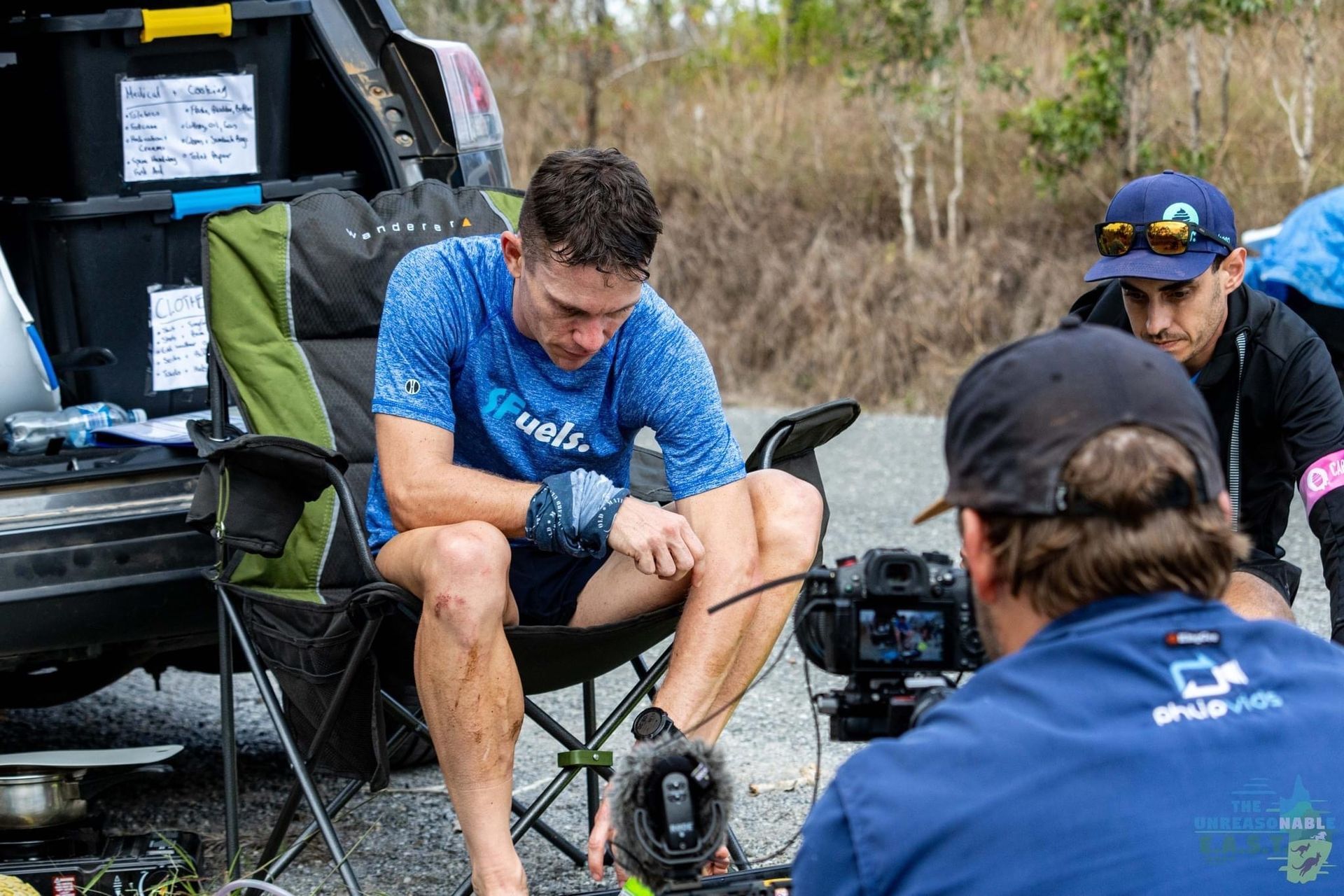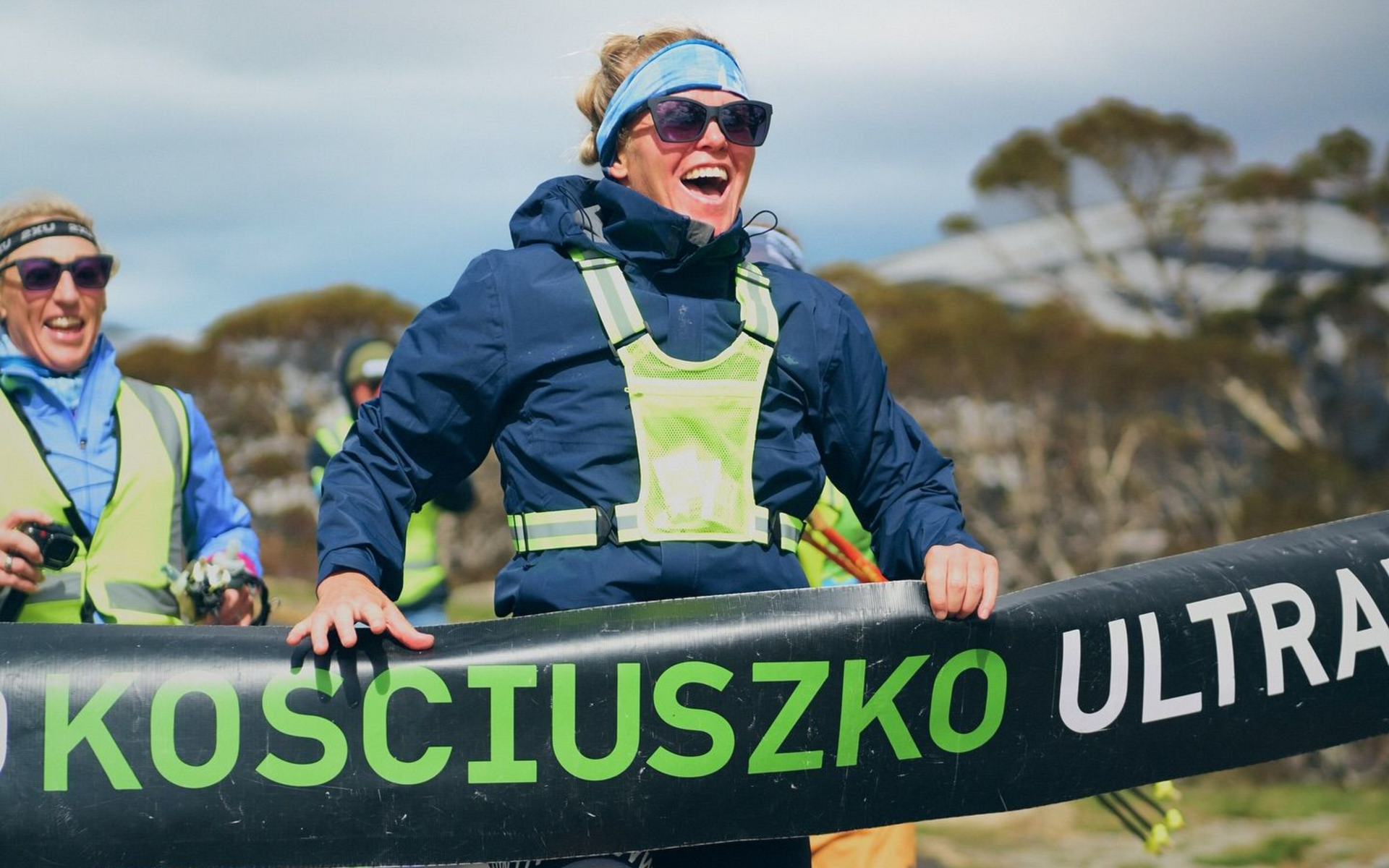
COACH’S CORNER - The 200 Miler by Joshua Duff
get the lowdown on everything about the 200 miler from joshua duff

In recent years, the niche that is the 200 miler has begun to grow significantly. 200s are the new “100s” with many ultrarunners looking to take the next epic step in their ultrarunning journey.
Growth of the 200 has been more prominent in the US and European markets, but there are a few big 200s now in Australia, providing the opportunity for us to push our mental and physical limits. Of particular note are the trio of 200 milers from Ultra Series; Delirious West, Irrational South and Unreasonable East. Then the Brisbane Valley Rail Trail (BVRT) 200 from AAA Racing and Coaching has also been on the scene for over 5 years.
The question though…how do you train for and race a 200?
To be fair, I have only raced two 200s myself and coached a handful of runners to 200 mile finishes. But through this process, I have consumed huge amounts of content on preparing for and completing these epic adventures. I have distilled this information and experience down to a few key points to help you tackle your own 200 mile ultra.
Who can run these things?
One of the things I have discovered in engaging with 200 milers is they are much more accessible than we perceive. If you can hike (with a little bit of running) around 80km’s a day over a few days, you can get it done! Essentially, 200 miles is 80km’s a day for 4 days. And that gets you in under cutoff for most 200 milers. When you break it down like that, it doesn’t sound so bad! So yes – you can run a 200! And you may be able to do so sooner than you think.
How do you prepare?
The jury is still out on this one, and there are many ways to skin this cat. But I think it is best to think of it as similar preparation to a 100 miler with a few extra-long journeys thrown in.
My first step as a coach is to break down the demands of the event. For a 200 miler, it does depend on your goals, and current level of conditioning and experience and the nature of the course. But, the key demands for a 200 miler can be whittled down to;
- Mental conditioning
- Aerobic conditioning
- Strength (run and hiking specific)
- Durability
- Terrain specific skills
With these as they key demands, how do we train the body and mind for this? A regular training week might look something like below:
| MONDAY | TUESDAY | WEDNESDAY | THURSDAY | FRIDAY | SATURDAY | SUNDAY |
|---|---|---|---|---|---|---|
| Strength / Cross Train / Rest | Hill Reps (V02 early, muscular endurance later) | Hiking / Aerobic Run 1-2h | Aerobic Run (trail or road) 1-1.5h | Strength / Aerobic Run | Hilly / Rolling Aerobic Run (trail or road) 1-2h | Long Run / Hike 2-6h |
Of course, this depends on the phase of training in the program and the weekly structure changes along the way. But the other key inclusion is back-to-back long runs, or multi-day hikes/adventures and night runs to prepare the body and mind for the long days and continual forward movement in the event itself.
What about the event itself?
For a 200 miler, there are so many other factors that determine the outcome than just the training. Nutrition, pacing, sleep, gear choices, foot care, crew, weather and many other dynamics can make or break your race. Lets briefly break a few of these down, starting with what I think is one of the most influential factors, pacing.
Pacing
A 200 miler is “slow”! It should be 95% aerobic and include lots of walking and/or hiking depending on the terrain. Even if you are racing at the pointy end, it is best to think of the 200 as an adventure where you are running, hiking, eating and sleeping over a number of days. Trust me – I know from making the mistake of going out “racing” a 200 from early on that you need to take your time and be patient!
Sleep
One of the most common questions – when, where and how do I sleep? Most 200s will have “sleep stations” strategically placed along the route designed for you to sleep. And then if you have crew, you can utilise them and your gear/vehicle for sleep. But when do you sleep? No one is quite sure of the exact answer to this question, but my thoughts; keep to your natural circadian rhythms as much as possible. That means sleeping in the time between 11/12pm and 3/4am on most nights. Then how long do you sleep? That depends too. But as a general rule, a full sleep cycle is usually around 45 minutes. So 45 minutes may be a good guide as a minimum, and 90 minutes to really refresh. However, some can get by with as little as 20 minutes sleep.
It does depend on how long you are planning on being out there for too. If 40-60 hours, you can get by with as little as no sleep up to 3-4 hours over the 200 miles. Going for a few days, then I would suggest aiming for 2-3 hours each night as a minimum.
Nutrition
Perhaps one of the “fun” parts of a 200 is all the eating! Because the majority of a 200 is at a low aerobic heart rate, you can afford to eat more real food. Plus, it’s just unreasonable to go many days on just sports nutrition.
My big tip for nutrition in a 200 is to keep your food intake as “normal” as possible. What I mean is eat larger portions of food and more real food options at your normal mealtimes. Then snacks around those (both sports nutrition and real food options). Aim to use low fodmap foods to minimise GI distress, but do include a little fat and protein in your intake (and also take this into account when looking at your calorie intake). Also think about larger meals before you sleep, or walking for 10-20 minutes out of an aid station after a larger meal. That way you are giving your body time to digest and minimise GI issues.
Crew and Logistics
If you can have crew, definitely do! It will make your life much easier, especially as you fatigue. And aim to have pacers at the back end or through night sections where you are more likely to make silly errors. Make a plan for you and the crew to follow, make sure the crew has a strong understanding of the plan, but then be very prepared to adjust along the way – so much can go wrong, so you need to be very flexible!
The logistics of such a massive undertaking are huge, so plan out as much as you can. Detail each stage, distances, elevation and terrain so you and the crew know what is coming next. Plan shoe and sock changes around weather, creek crossings and terrain. Have an idea of what you might want to eat, any clothing changes or anything else you might want at each checkpoint so the crew can be prepared. Ensure your crew knows what to do when you are in a deep hole and how to motivate you. Plan time for your crew to rest and sleep – they need to be fresh too! The more you plan, the more chance of success. BUT, you and your crew definitely need to be flexible.
Where do I start?
So you’re interested in giving a 200 miler a shot? Then get in contact with a coach or people who have experience with the event. It’s not something I suggest you tackle on your own. Build your team, get the help you need and then get stuck in.
You are capable of more than you know…including a 200!
YOU CAN CHECK OUT JOSH'S EXPERIENCES AT HIS FIRST 200 MILER AT UNREASONABLE EAST IN 2023 IN THE FULL DOCUMENTARY 'UNREASONABLE' ON YOUTUBE - WWW.YOUTUBE.COM/@SMURFENDURANCE.









